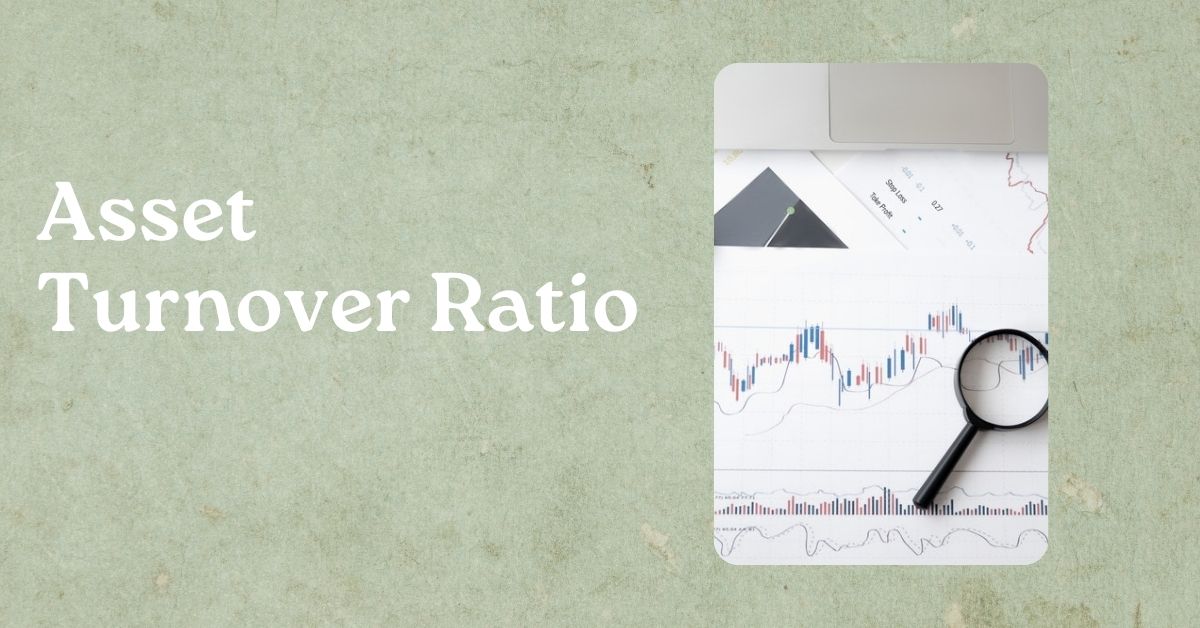Enterprise Value: The Investor’s Toolkit for Identifying Undervalued Gems
Enterprise value (EV) is a type of corporate valuation that finance professionals commonly utilize in mergers and acquisitions (M&A). To calculate EV, add a company’s market capitalization (the value of its publicly traded shares) and total debt, then deduct its highly liquid assets, such as cash and savings. What is Enterprise Value? Enterprise Value (EV)










